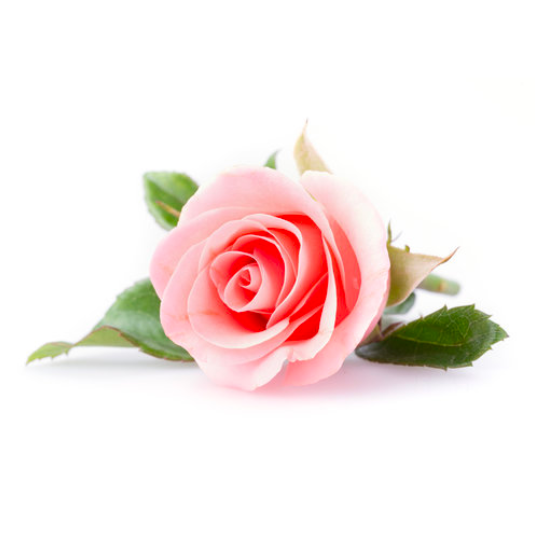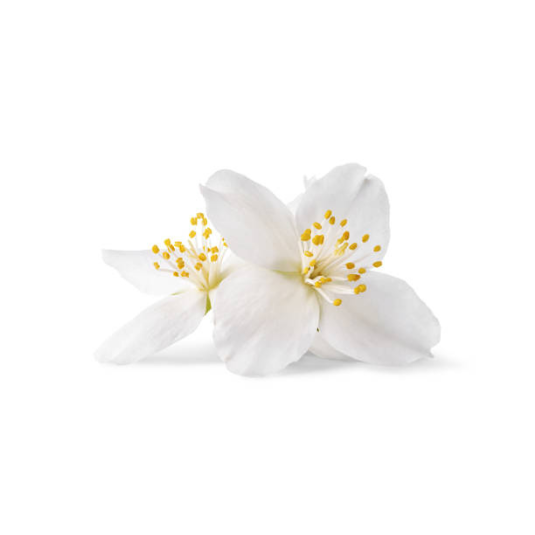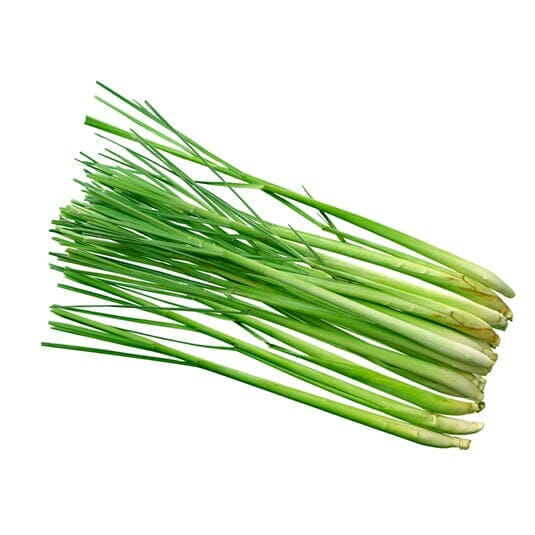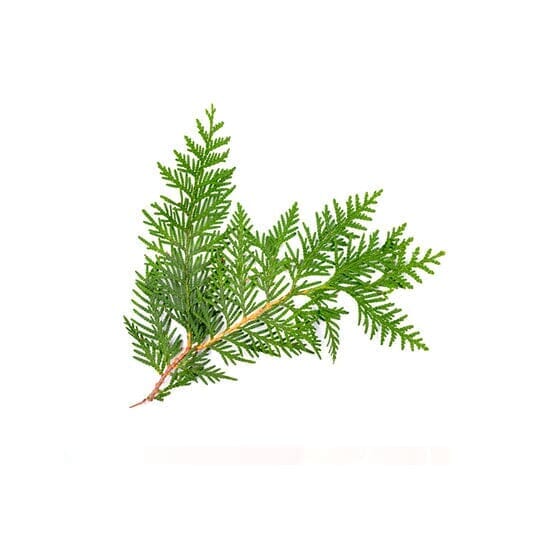What does the word "carnation" mean?
The etymology of the word "carnation" dates back to the medieval Latin "clavellus," meaning "small nail" or "small clove." This Latin term itself derives from the classical Latin "clavus," meaning "nail" or "peg." The name "carnation" refers to the delicate, tapered shape of this flower's petals, which resemble a small nail. This name has been used to refer to various species of flowers in the genus Dianthus, belonging to the Caryophyllaceae family.
Over time, the term "carnation" has evolved to refer specifically to flowers of the genus Dianthus, which includes varieties such as Dianthus caryophyllus, commonly known as the French marigold, or Dianthus plumarius, also known as the sweet marigold. These flowers are prized for their beauty, pleasant fragrance, and delicately fringed petals.
In the beginning…
The history of the carnation dates back to ancient times , and this flower has an origin that goes back several thousand years. The carnation is native to the Mediterranean basin, mainly from the regions of Southern Europe , North Africa , and the Middle East . The first references to the carnation date back to Greek and Roman times. The Greeks called it " Dianthos ," which means "divine flower" or "flower of the gods." The Romans commonly used the carnation in various ceremonies and festivities.
During the Middle Ages, the carnation gained popularity in Europe and was cultivated in royal gardens and monasteries. This flower was highly valued for its pleasant fragrance and delicate petals. Over time, horticulturists developed numerous carnation varieties, resulting in a wide variety of colors and shapes. The carnation has become a popular flower in bouquets, floral arrangements, and perfumes due to its intoxicating scent and timeless beauty.
Carnation cultivation
Carnations are cultivated in many regions around the world, but some areas are particularly renowned for their production. The main carnation-producing regions include southern Europe, particularly Spain, Portugal, Italy, and France, where the Mediterranean climate provides ideal conditions for their cultivation. In the Americas, Colombia is also a major player in carnation production, thanks to its favorable equatorial climate. Other Latin American countries, such as Ecuador and Kenya, are also major producers. In Asia, China and India also produce a significant quantity of carnations for the global market.
The carnation growing process involves several essential steps: planting, development, and harvesting. Carnation planting typically begins in spring in well-drained soil enriched with organic matter. Seeds can be sown directly in the ground or grown in a nursery for later transplanting. Once the seeds are planted, it is important to maintain regular watering to promote germination.
Carnation development requires careful attention to young plant care. They need sufficient light, moisture, and proper fertilization to grow healthily. Carnations are also susceptible to diseases and pests, so it's important to monitor their health and take preventative measures if necessary. Carnations are harvested when the flowers are fully open but not yet faded. The stems are cut near the base, taking care not to damage other shoots. Carnations can be harvested throughout the flowering season, which can vary depending on the variety.
Once harvested , carnations can be used to decorate bouquets, floral arrangements or to extract their delicate fragrance for perfumery. Proper management of the carnation cultivation process guarantees quality flowers, thus offering all their beauty and fragrance to botany and perfume lovers.
What did you know about carnation in perfumery?
Carnation has a distinctive scent that is spicy , floral , and slightly peppery . Its aroma is often described as warm, captivating, and elegant. The spicy notes of carnation give it a vibrant and sensual dimension, while the floral nuances add a touch of delicacy to its olfactory bouquet.
In perfumery, carnation is often used to create spicy accords , particularly in combination with other spices such as cardamom, pepper, cinnamon, or cloves. It also blends well with floral notes such as rose, jasmine, and ylang-ylang, adding a softer, more refined dimension to the fragrance composition.
Additionally, carnation can be combined with woody and musky accords to add depth and sensuality to fragrances. Its complex and versatile scent makes it a prized ingredient among perfumers, allowing for sophisticated and captivating olfactory creations.
Good to know!
Carnation has a variety of benefits and virtues. Its essential oil is known for its antiseptic and antibacterial properties, helping fight skin infections and promote healing. It can also relieve muscle and joint pain thanks to its analgesic effect, while soothing skin inflammation. Carnation is traditionally used to reduce nausea and upset stomach. Additionally, its antioxidants help protect cells from free radical damage. However, before using it for medicinal purposes, it is best to consult a healthcare professional.
The legendary carnation perfumes
• Prada Carnation Infusion Eau de Toilette• Eau de parfum L'Air du Temps by Nina Ricci
• Guerlain ’s L’ Heure Bleue Eau de Parfum
• Balenciaga Florabotanica Eau de Parfum










